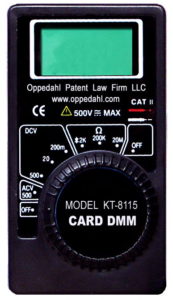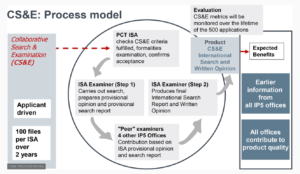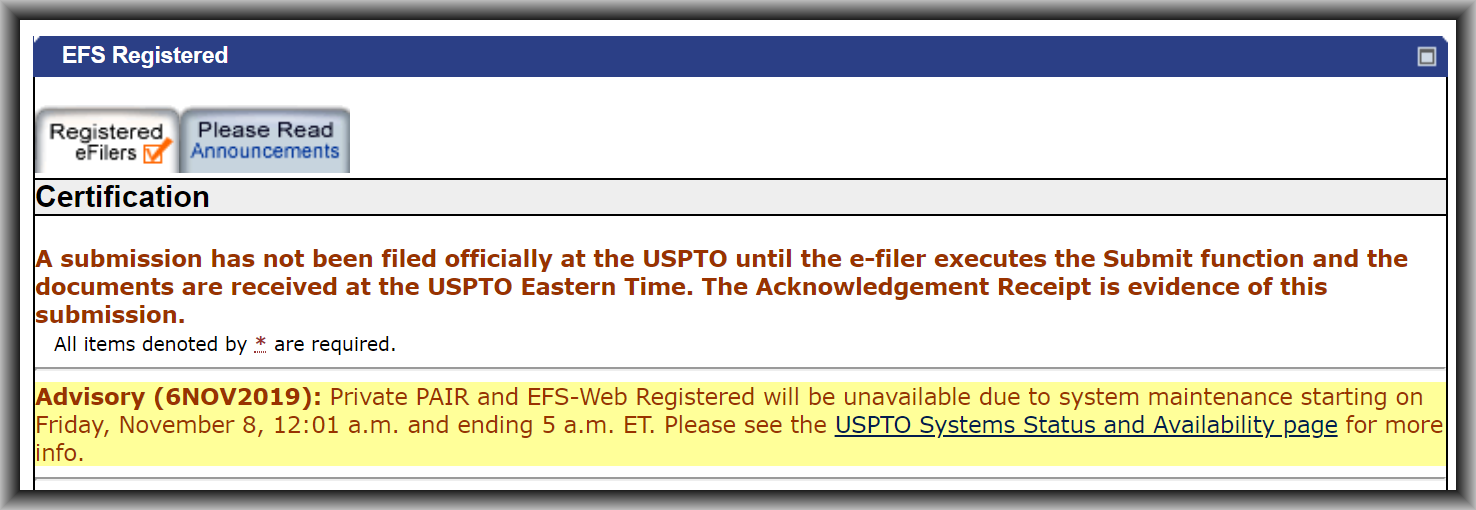(Update: See a followup message here about a step that you might take to try to get the listservs working for you again.)
(Here is an update.)
(See also “I turned on munging“.)
Oppedahl Patent Law Firm LLC sponsors a dozen listservs (email discussion communities) free of charge for the intellectual property community. If you are a subscriber to one or more of the listservs, and if you have stopped receiving the postings, read on.
You can see many of the listservs here. The email discussion communities sponsored free of charge by OPLF include:
On about November 17, we migrated the listservs from “shared hosting” at our hosting provider to “dedicated hosting”. In the old system, our outbound listserv traffic was commingled with that of the many other customers of our hosting provider who were also being hosted on the particular server that was our “shared server”. (In case it is of interest to you, our traffic came out from IP address 198.54.114.161.) But starting on about November 17, our outbound listserv traffic came out all by itself, not commingled with anybody else’s traffic, from our dedicated server. (In case it is of interest, our traffic now comes out from IP address 162.213.248.195.)
The volume of our outbound email traffic is no greater than before, and the nature and type of our traffic is unchanged from what it was before. But instead of being commingled with outbound email traffic from other entities unrelated to OPLF, it now comes out from an IP address that is not the source of email from anybody other than OPLF.
And starting on about November 18, several email service providers, among them Google, have been randomly blocking lots of our email traffic.
As best I can see, the service providers use some poorly designed AI algorithm. The algorithm notices that email traffic is arriving from a new IP address, and the algorithm notices that multiple email messages from this new IP address have identical content, and then the algorithm in a very mindless way decides to block random messages that arrives from that IP address.
If the decision whether or not to block randomly selected emails were made by an actual human being, things would be different. The human being would see the multiple identical email messages being a very dry discussion of some obscure aspect of the Patent Cooperation Treaty or the Madrid Protocol or the Hague Agreement and would realize that this is not a sales pitch for a cream for dissolving skin moles or a proposal of a way to spirit ten million dollars out of a bank in Nigeria. The human being would notice that each of the listserv messages has an “unsubscribe” link and is emitted from a “Mailman” software system that ensures that email postings only get sent to people who have actually subscribed to the listserv.
But it is clear that these decisions, at Google and at other email service providers, are being made by poorly designed algorithms that do not exercise any such judgment.
I have attempted to contact several of the poorly behaved email service providers, including Google, but I have not been able to reach an actual human being at any of them. And I have not gotten any of them to pay any attention to this problem.
As far as I can see, the only chance of straightening this out is for you, the paying customer of the email service provider, to instruct your email service provider to be smarter. As I describe here, this might be a matter of whitelisting emails that are “From:” particular email addresses in our listserv system. Or it might be a matter of whitelisting emails where the “envelope sender” is “server1.oppedahl-lists.com”. Or it might be a matter of whitelisting emails where the sender is IP address 162.213.248.195. It might be as simple as instructing them to read this blog article.
Your email service provider probably won’t do this because I ask. Probably if they do the right thing it will only be because you ask it to do so.
If you do contact your email service provider and give them instructions, please post a comment below for the benefit of other readers and listserv members. Indeed the accumulated comments might help a decisionmaker at a company like Google to better appreciate what is the right thing to do about this.




